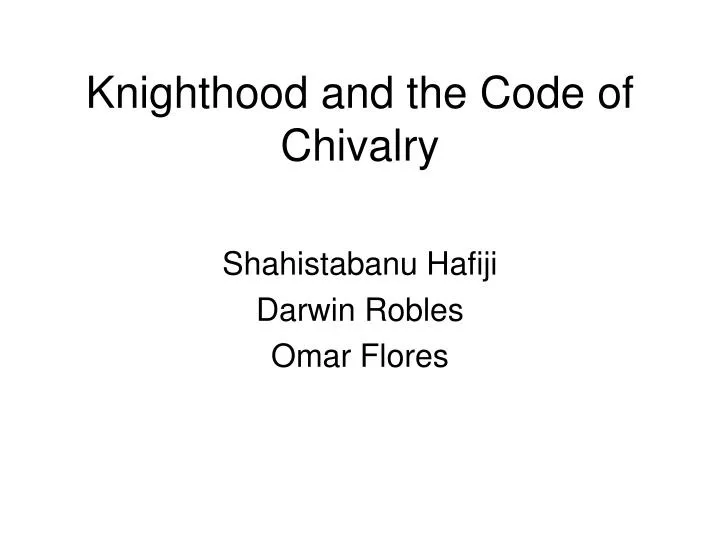

The specific military sense of a knight as a mounted warrior in the heavy cavalry emerges only in the Hundred Years' War. Ī narrowing of the generic meaning "servant" to "military follower of a king or other superior" is visible by 1100. Ī rādcniht, "riding-servant", was a servant on horseback. In his will, King Æthelstan leaves his cniht, Aelfmar, eight hides of land. In several Anglo-Saxon wills cnihtas are left either money or lands. While cnihtas might have fought alongside their lords, their role as household servants features more prominently in the Anglo-Saxon texts. Swithun describes a mounted retainer as a cniht. The meaning of cniht changed over time from its original meaning of "boy" to "household retainer". Middle High German had the phrase guoter kneht, which also meant knight but this meaning was in decline by about 1200. This meaning, of unknown origin, is common among West Germanic languages (cf Old Frisian kniucht, Dutch knecht, Danish knægt, Swedish knekt, Norwegian knekt, Middle High German kneht, all meaning "boy, youth, lad"). The word knight, from Old English cniht ("boy" or "servant"), is a cognate of the German word Knecht ("servant, bondsman, vassal"). Knighthoods and damehoods are traditionally regarded as being one of the most prestigious awards people can obtain. The modern female equivalent in the English language is Dame.

Each of these orders has its own criteria for eligibility, but knighthood is generally granted by a head of state, monarch, or prelate to selected persons to recognise some meritorious achievement, as in the British honours system, often for service to the Church or country. In modern times these are orders centered around charity and civic service, and are no longer military orders. There are also dynastic orders like the Order of the Golden Fleece, the Order of the British Empire and the Order of St. Today, a number of orders of knighthood continue to exist in Christian Churches, as well as in several historically Christian countries and their former territories, such as the Roman Catholic Sovereign Military Order of Malta, the Protestant Order of Saint John, as well as the English Order of the Garter, the Swedish Royal Order of the Seraphim, the Spanish Order of Santiago, and the Norwegian Order of St. The ideals of chivalry were popularized in medieval literature, particularly the literary cycles known as the Matter of France, relating to the legendary companions of Charlemagne and his men-at-arms, the paladins, and the Matter of Britain, relating to the legend of King Arthur and his Knights of the Round Table.

Holy Roman Emperor Maximilian I is often referred to as the "last knight" in this regard. In the Late Middle Ages, new methods of warfare began to render classical knights in armour obsolete, but the titles remained in many countries. The Crusades brought various military orders of knights to the forefront of defending Christian pilgrims traveling to the Holy Land. In that sense, the special prestige accorded to mounted warriors in Christendom finds a parallel in the furusiyya in the Islamic world. This linkage is reflected in the etymology of chivalry, cavalier and related terms such as the French title chevalier. Knighthood in the Middle Ages was closely linked with horsemanship (and especially the joust) from its origins in the 12th century until its final flowering as a fashion among the high nobility in the Duchy of Burgundy in the 15th century. The lords trusted the knights, who were skilled in battle on horseback. Often, a knight was a vassal who served as an elite fighter or a bodyguard for a lord, with payment in the form of land holdings. By the Late Middle Ages, the rank had become associated with the ideals of chivalry, a code of conduct for the perfect courtly Christian warrior. During the High Middle Ages, knighthood was considered a class of lower nobility. In the Early Middle Ages in Europe, knighthood was conferred upon mounted warriors. Knighthood finds origins in the Ancient Greek hippeis (ἱππεῖς) and Roman equites.

A knight is a person granted an honorary title of knighthood by a head of state (including the Pope) or representative for service to the monarch, the church or the country, especially in a military capacity.


 0 kommentar(er)
0 kommentar(er)
